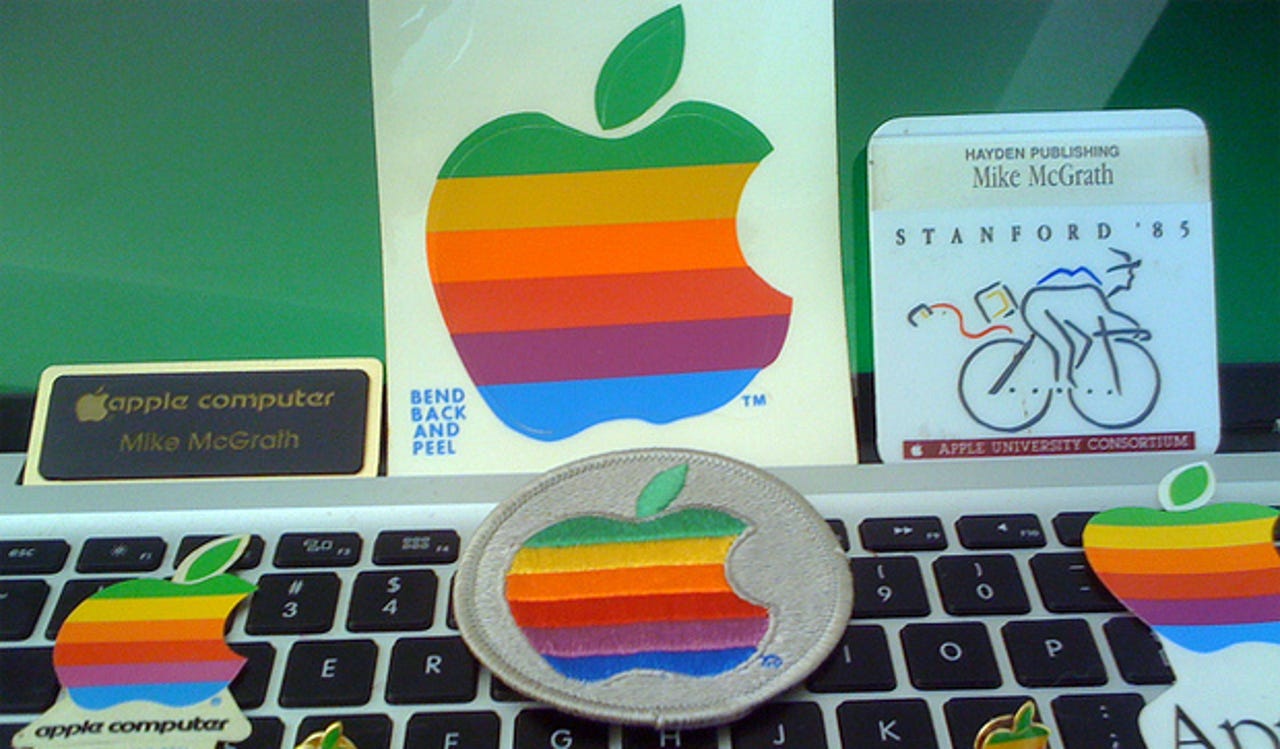Stanford University guards its Apple treasure trove

The largest and most extensive collection of Apple-related history and information is owned by Stanford University. However, it is unlikely it will ever be brought to the attention of the public eye.
Stored away in a confidential location within the Bay area, a plethora of hardware, software, confidential documents, images and videos are kept away from prying eyes.
The archive is said to store a number of fascinating items that allow more insight in to the global brand -- including loan agreements, sales records and letters about employees including Steve Jobs.
It could be a rare insight in to the evolutionary process of the company that transformed from a garage start-up to a global name that changed the face of communication permanently.

(Source: Flickr)
Among the items in the Apple Collection:
- A company video spoofing the 1984 movie "Ghost Busters".
- Handwritten financial records showing early Apple sales.
- An early agreement for a $5,000 loan to Apple Computer and its three co-founders.
- A 1976 letter written by a printer who says: "This joker (Jobs) is going to be calling you [...] two guys, they build kits, operate out of a garage."
According to Leslie Berlin, Stanford historian: "Through this one collection you can trace out the evolution of the personal computer -- these sorts of documents are as close as you get to the unmediated story of what really happened."
The collection was originally intended for an Apple musuem which was never fated to see the light of day. Apple officials contacted Stanford University and donated the materials in 1997 for their Silicon Valley Archives, soon after Jobs rejoined the company.
Although the majority of the collection was donated by Apple, other materials have been gradually added by employees and Mac fans. These include blueprints for the very first Apple computer and photos documenting Job's time at NeXT Computer.
The Associated Press were allowed to visit the location, but have been sworn to secrecy to protect the largest Apple archive in existence.
It's understandable why Stanford guards the location of the archives so fiercely. Descending hordes of Apple obsessives attempting to gain a piece of memorabilia from the ironic brand is not a tantalizing prospect. Either that, or opportunistic thieves who could potentially make a tidy profit selling on the unique items.
Related: